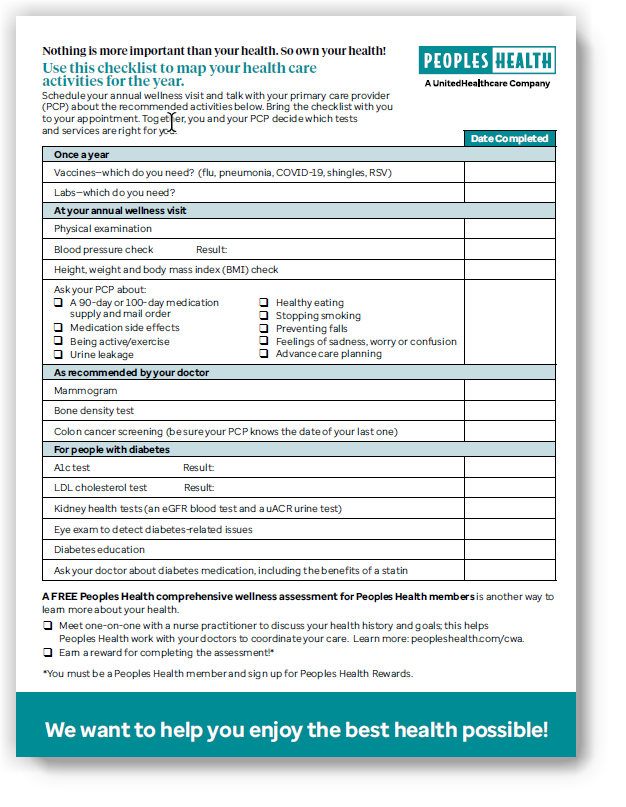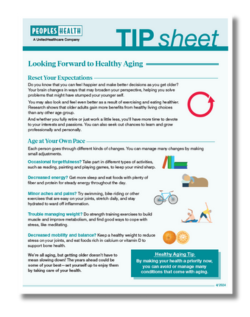Healthy eating has great benefits. It can strengthen bones, lower heart disease risk, and help lower blood pressure, blood sugar and total cholesterol levels. But for many people, eating healthy can feel confusing and intimidating.
That’s where the plate method comes in. This tool makes it simple to create nutritious meals. You don’t need to spend time weighing or measuring food—just choose portions based on the size of your plate. Then enjoy a delicious meal you can feel good about.
Ready to get started? Follow these simple steps.

Pick your plate.
Choose one that’s about 9 inches across. If you don’t have a dinner plate this size, a salad or dessert plate could work, too. Then imagine the plate is split into three sections, like the one below.


Fill ½ of the plate with nonstarchy vegetables.
Nonstarchy vegetables have fewer carbohydrates than other vegetables. They’re also rich in vitamins, minerals and fiber. Fiber helps improve digestion, lower blood sugar and reduce the risk of heart disease.
Examples: dark leafy greens, salad greens, asparagus, celery, broccoli and cauliflower, mushrooms, peppers

Fill ¼ of the plate with carbohydrate foods.
Foods high in carbohydrates are the body’s main source of fuel. But carbohydrates can also raise blood sugar, so moderation is key. Choose nutrient-dense options, such as the ones below.

Whole Grains
These undergo minimal processing and have more fiber, vitamins and minerals than refined grains.
Examples: brown rice, quinoa, whole wheat bread and pasta

Starchy Vegetables
This kind of vegetable is higher in carbohydrates but rich in nutrients, like fiber, potassium and vitamin C.
Examples: corn, peas, acorn and butternut squash, potatoes, yams

Fruits
Fruits have important nutrients and can help satisfy a sweet tooth—but they also have natural sugars.
Examples: berries, tomatoes, citrus fruits, stone fruits

Dairy Products
These are a good source of calcium, protein and vitamin D. Choose options low in fat and added sugar.
Examples: cheese, yogurt, milk

Fill ¼ of the plate with protein foods.
Protein keeps bones strong and helps build and repair muscle. In older adults, it can also slow age-related muscle loss. For a healthier meal, choose lean animal proteins or plant-based proteins. These generally have less fat and fewer carbohydrates than red and processed meats.
Examples: fatty fish; grilled chicken; peas and lentils; kidney, pinto and black beans; tofu and tempeh

Choose a healthy beverage.
Water is great because it has zero calories and carbohydrates. Other drink options include black coffee, unsweetened tea, and sparkling or flavored waters with no added sugar.










